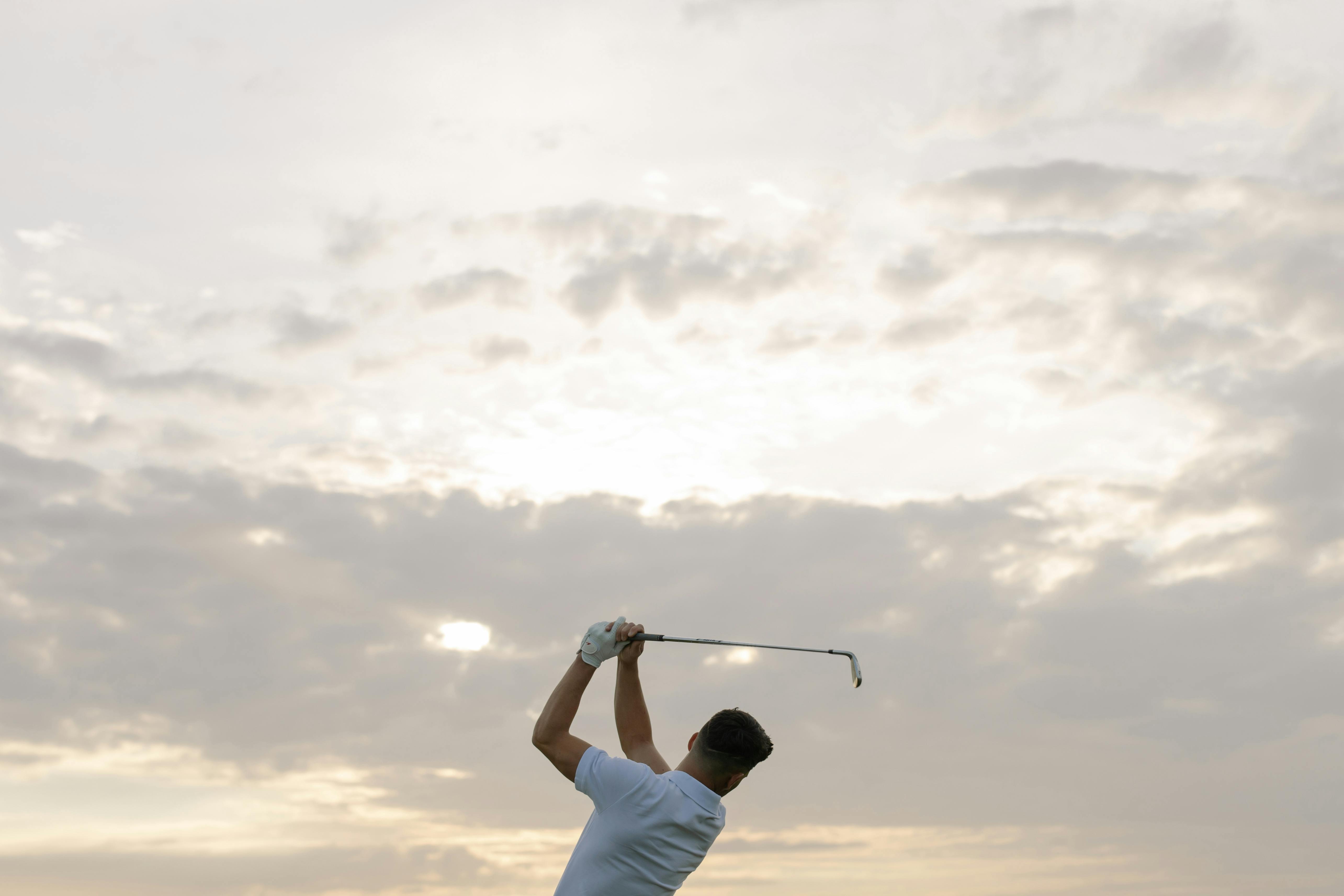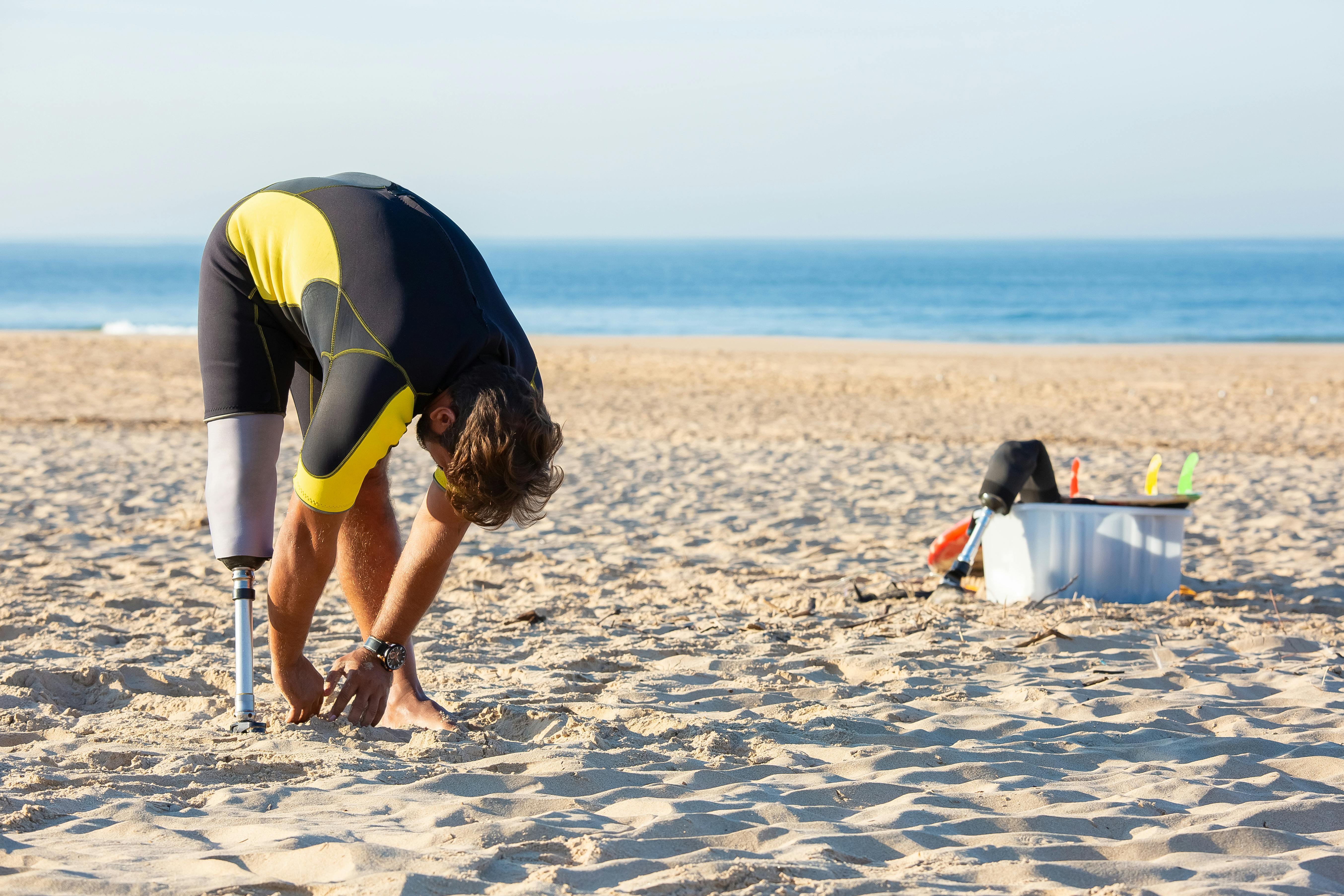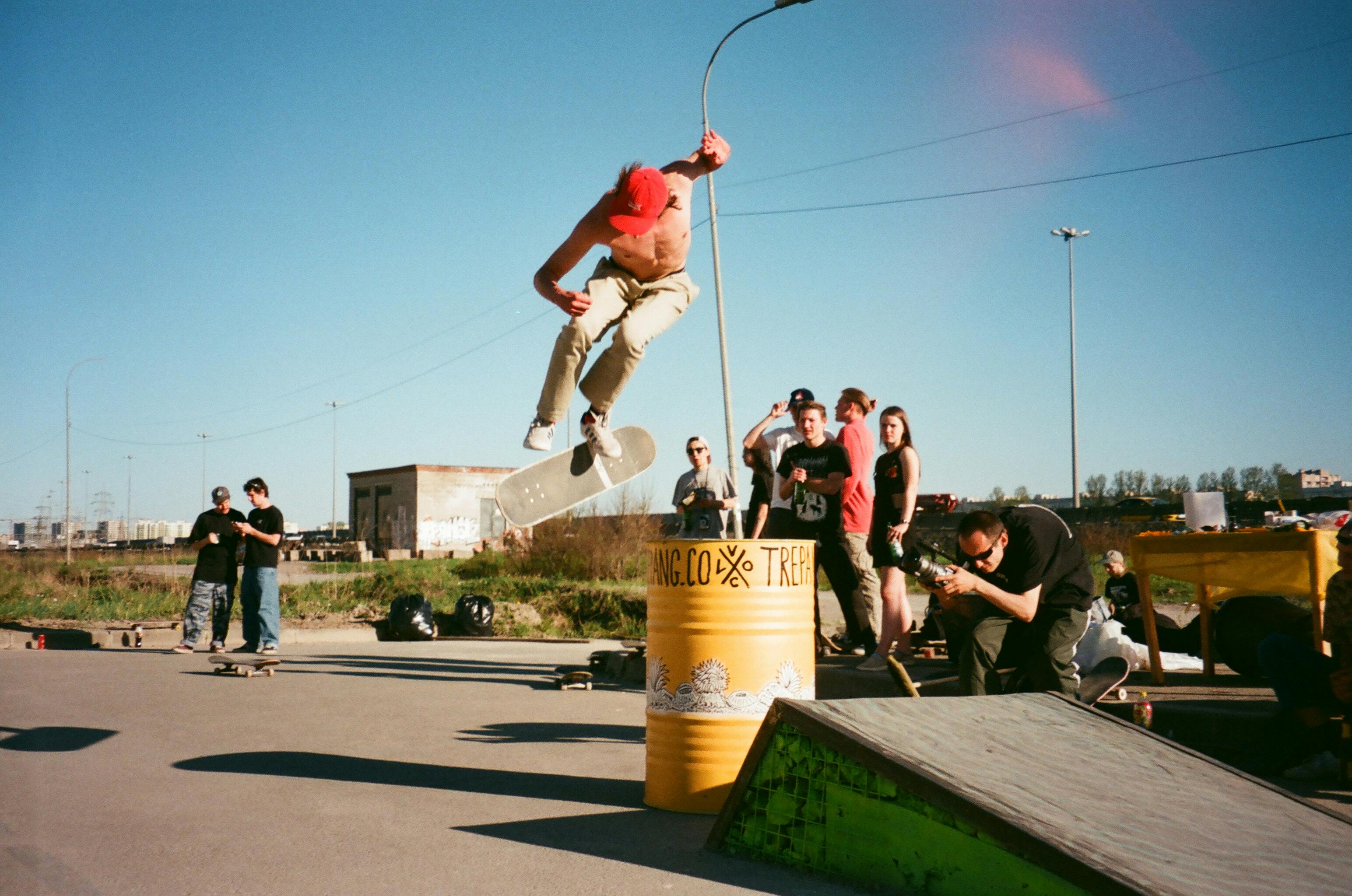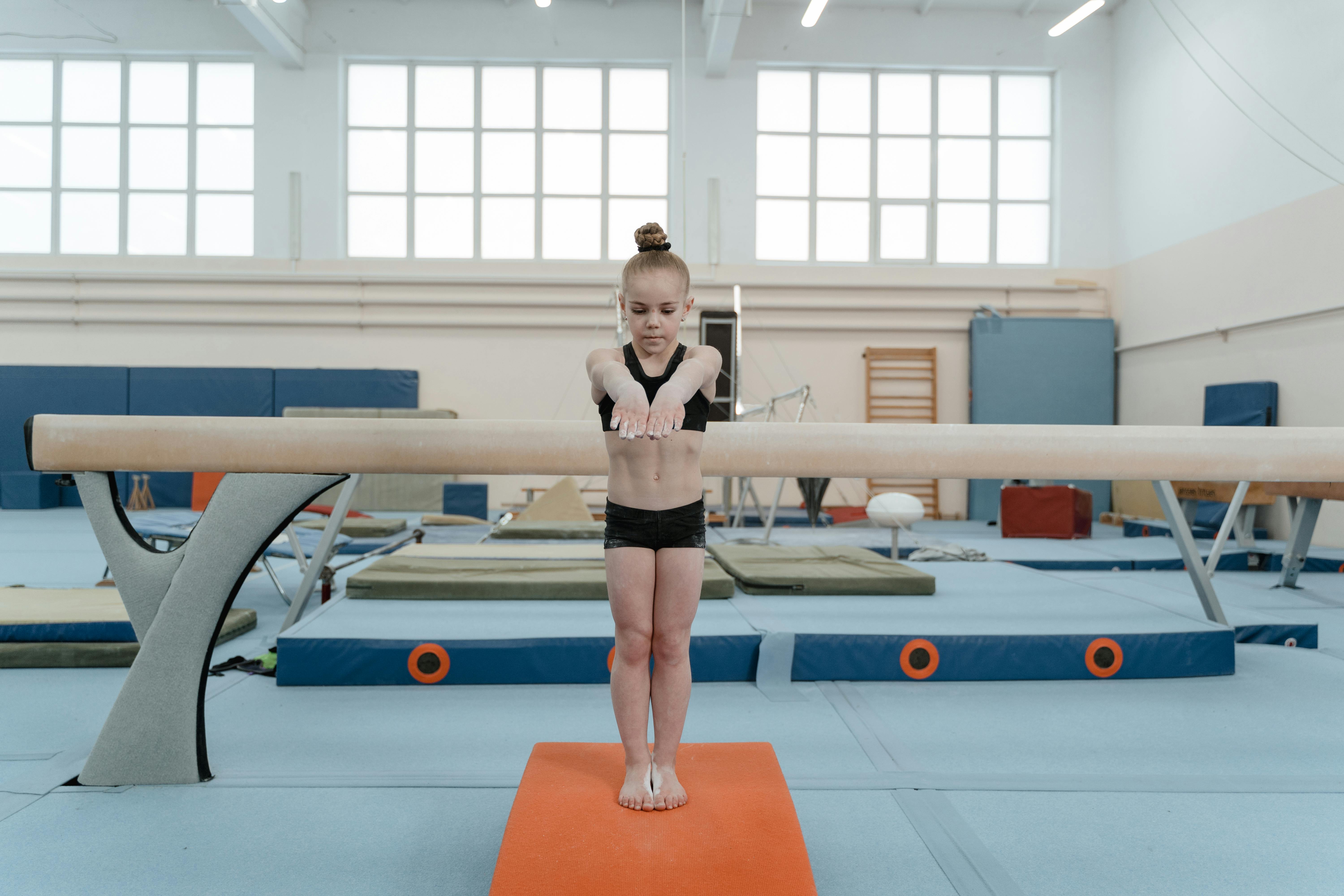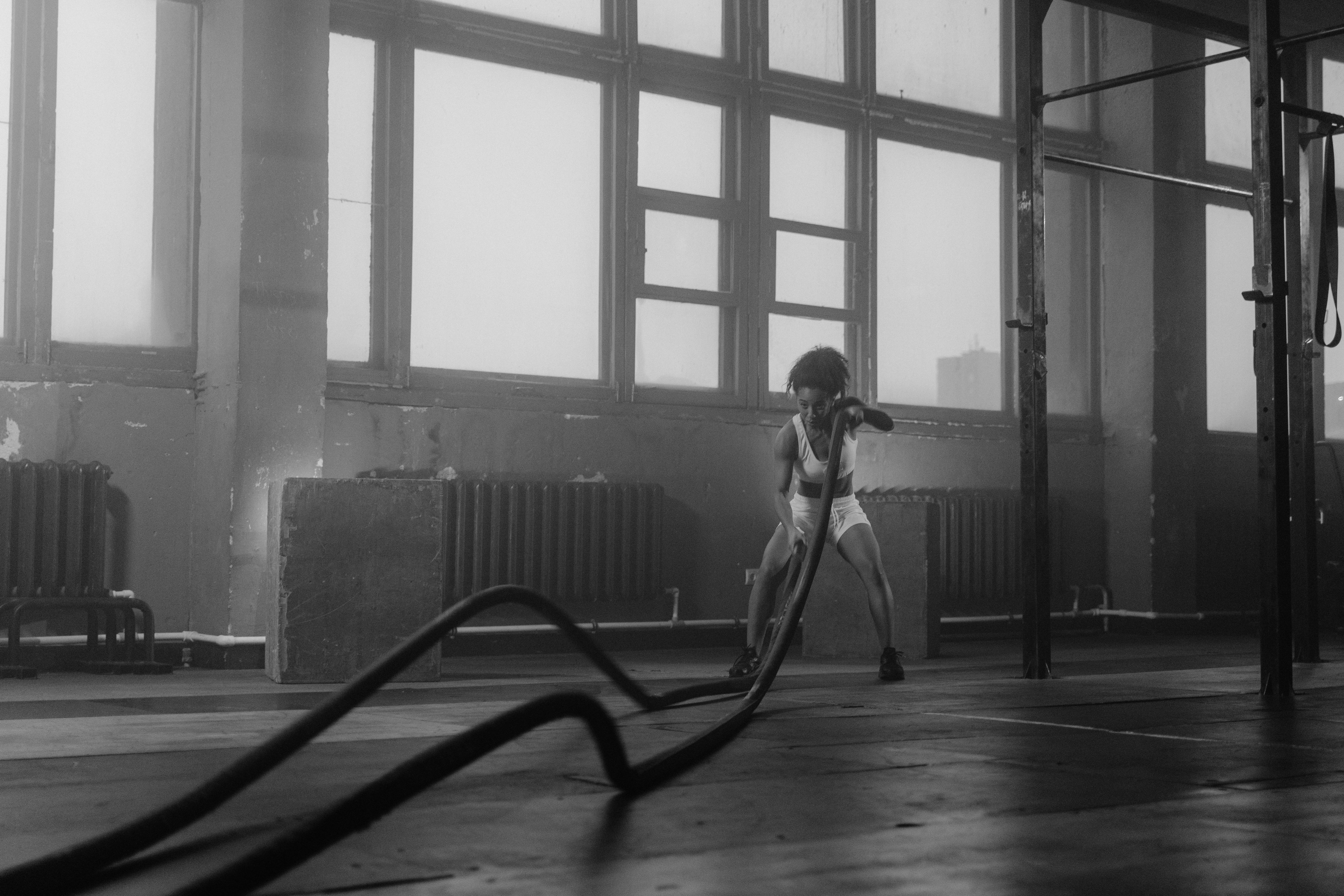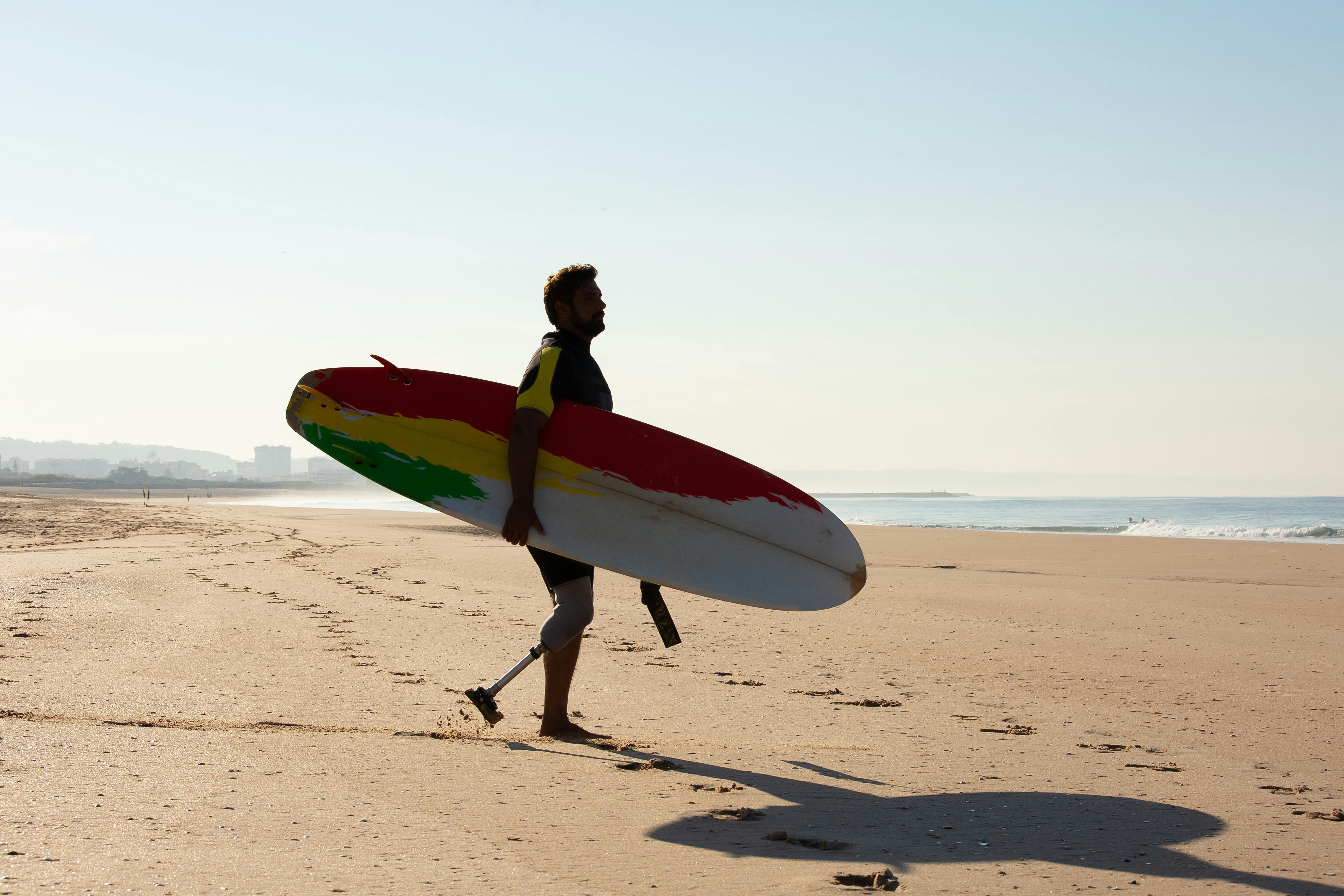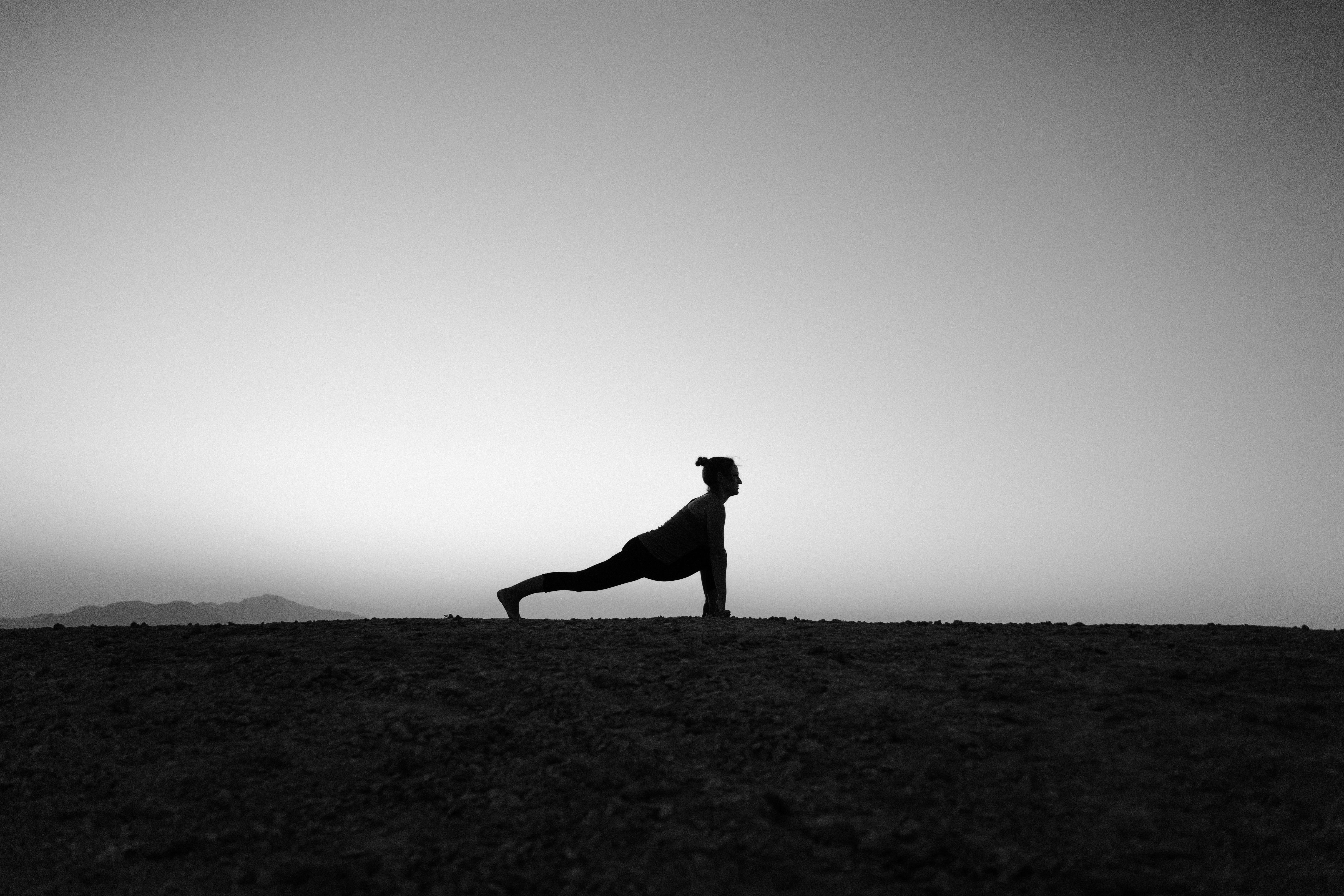Basic basic shots include the one-handed set shot, free throw, jump shot, three-point shot, hook shot, layup, and runner. These shots share certain basic mechanics, including sight, balance, hand position, inward elbow alignment, shot rhythm, and follow through. The best way to develop your shot is to focus on just one or two mechanics at a time.
Vision
Focus your eyes on the basket, aiming just over the front of the rim for all except bank shots. Use a bench shot when you are at a 45 degree angle to the backboard. An angle of 45 degrees falls within the distance between the box and the intermediate mark on the lane line. The distance for the rake angle, called the 45-degree funnel, widens as you go. To fire a bank shot, aim for the near top corner of the box on the board. Look at your target as soon as possible and keep your eyes focused on the target until the ball reaches the goal. Your eyes should never follow the flight of the ball or your defender’s hand. Focusing on the target helps eliminate distractions like yelling, waving a towel, an opponent’s hand, or even a hard foul.
Balance
Being in balance leads to power and rhythmic control in your shot. Your base, or foot position, is the foundation of your balance, and keeping your head over your feet (base) controls your balance. Spread your feet comfortably shoulder-width apart and point your toes forward. Pointing your toes straight aligns your knees, hips, and shoulders with the basket. The foot on the side of the shooting hand (right foot for a right hand shot) is forward. The ball of your back foot is in line with the heel of the foot on your shooting side (toe-to-heel relationship). Bend your legs at the knees. This gives crucial power to your shot. Beginning and tired players often do not bend their knees. To compensate for the lack of power from not using their legs, they tend to shoot the ball behind their heads or push the ball from their hips. Both actions produce errors. Your head should be above your waist and your feet. Your head controls your balance and should be slightly forward, with your shoulders and upper body leaning toward the basket. Your shoulders should be relaxed.
hand position
Hand position is the most misunderstood part of the shot. It is essential to start and finish the shot with the shooting hand facing the basket (behind the ball). It is also important to place your non-shooting hand under the ball for balance. This position, with the shooting hand facing the basket (behind the ball) and the non-shooting hand under the ball, is called blocking and bunching. It leaves your shooting hand free to shoot the ball, instead of having to balance and shoot the ball. Place your hands fairly close together. Relax both hands and spread your fingers comfortably. Keep the thumb of your shooting hand relaxed and not far apart to avoid hand and forearm strain. A relaxed hand position (such as a handshake) forms a natural cup, allowing the ball to come into contact with the fingertips and not the palm of the hand. Place your non-shooting (balance) hand slightly under the ball. The weight of the ball is balanced on at least two fingers: the ring finger and the little finger. The arm of the hand holding the balance should be in a comfortable position, with the elbow pointing slightly back and to the side. Your shooting hand is turned toward the basket behind the ball, your index finger directly on the midpoint of the ball. The ball is released from his index finger. On a free throw, you have time to line up your index finger with the valve or other mark at the midpoint of the ball. Developing control and feel with your fingertips leads to a smooth and accurate shot.
Inward Elbow Alignment
Hold the ball comfortably in front of and over your shooting side’s shoulder between your ear and shoulder. Keep your shooting elbow in. When your shooting elbow is in, the ball is in line with the basket. Some players don’t have the flexibility to place their shooting hand behind the ball facing the basket while keeping their elbow inside. In this case, first place your shooting hand behind the ball facing the basket, then move your elbow in as far as your flexibility allows.
Rhythmic shooting movement
Shoot the ball in a smooth, even, rhythmic lifting motion. Shooting involves synchronizing the extension of the legs, back, shoulders and shooting elbow and the flexion of the wrist and fingers. The initial force and rhythm of your shot comes from an up and down movement of your legs. Start with your knees slightly bent. Bend your knees and then fully extend them in an up and down motion. Saying the up and down keywords from the start of your shot until you release the ball will activate the up and down action of your legs, providing rhythm and power to your shot. Your legs and your shooting arm work together. As your legs go up, your arm goes up. As the legs are fully extended, the back, shoulders, and pulling arm are extended in a smooth, continuous upward direction. It is vital to keep the ball high with the hand that is shooting towards the basket. Use the up and down motion of your legs for rhythm instead of bringing the ball down for rhythm. Keeping the ball high encourages a quick throw and also provides less chance for error. As your arm goes up, the ball tilts back from your balance hand to your shooting hand. A good guideline is to tilt the ball back just until there is a wrinkle in the skin between your wrist and forearm. This angle provides quick release and consistent tracking. Point your arm, wrist, and fingers directly toward the basket at a 45- to 60-degree angle, extending your shooting arm fully at the elbow. The final strength and control of your shot comes from flexing your wrist and fingers forward and down. Release the ball from your index finger with a light touch of your fingertip to impart a back spin on the ball and soften the shot. Keep your balance hand on the ball until the point of release. The amount of force you need to impart to the ball depends on the range of the shot. For short distances, the arm, wrist, and fingers provide most of the force. Long range outside shots require more leg, back and shoulder strength. Smooth pacing and full follow-through will also improve long-distance shots.
go ahead
After releasing the ball from your index finger, keep your arm raised and fully extended with your index finger pointing directly at the target. The palm of the hand you are pulling with should be facing down and the palm of the hand holding the balance should be facing up. Keep your eyes on your target. Exaggerate your follow up. Hold your arm up in a full follow position until the ball reaches the basket, then react to the rebound or get into a defensive position. Keeping your follow through until the ball hits the basket is not only a good mechanic, it also makes you look and act like a shooter and builds confidence.
Edited from:
Wissel, Hal (2004) Basketball: Steps to Success, 2nd Edition, Human Kinetics, Champaign, IL
Available at www.basketballworld.com

